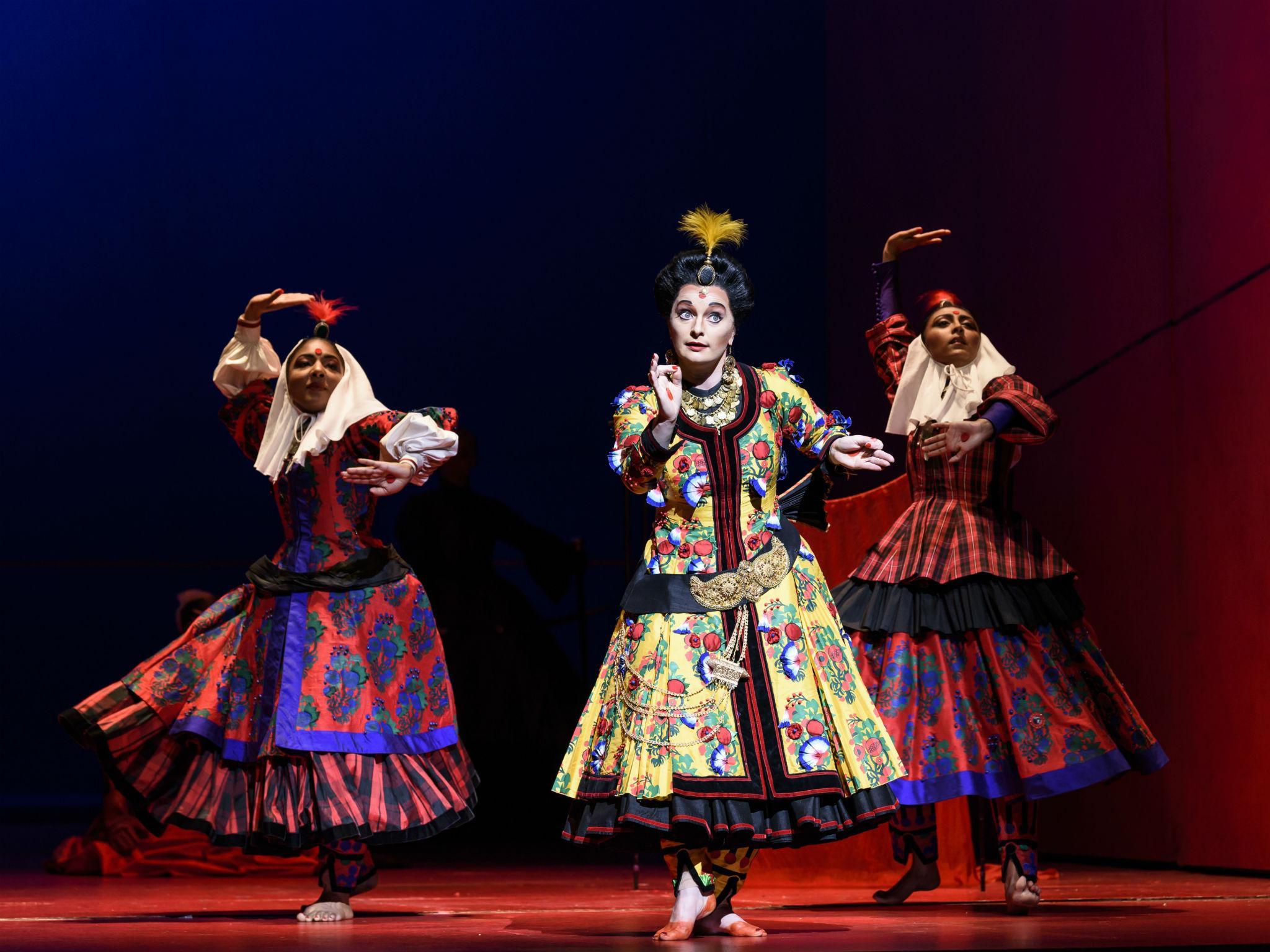Mitridate, re di Ponto, Royal Opera House, London, review: Lucy Crowe, as Ismene, brings down the house with a soprano artistry beyond compare
The revival of this opera with music written by Mozart when he was just 14 is a feast for the eye

Your support helps us to tell the story
From reproductive rights to climate change to Big Tech, The Independent is on the ground when the story is developing. Whether it's investigating the financials of Elon Musk's pro-Trump PAC or producing our latest documentary, 'The A Word', which shines a light on the American women fighting for reproductive rights, we know how important it is to parse out the facts from the messaging.
At such a critical moment in US history, we need reporters on the ground. Your donation allows us to keep sending journalists to speak to both sides of the story.
The Independent is trusted by Americans across the entire political spectrum. And unlike many other quality news outlets, we choose not to lock Americans out of our reporting and analysis with paywalls. We believe quality journalism should be available to everyone, paid for by those who can afford it.
Your support makes all the difference.Nobody ever talks about Graham Vick’s 26-year-old production of Mitridate, re di Ponto – it seemed to have sunk without trace – but Covent Garden’s revival is a reminder of how stunningly original it was, and still is. Mozart composed this work when he was 14, and had to endure endless interference from singers who wanted ever more showy arias, but as it progresses you can sense him finding his true voice.
The plot unfolds on the shores of the Black Sea around 60BC, and turns on the fact that King Mitridate’s sons – the noble Sifare (here sung by Salome Jicia) and the treacherous Farnace (Bejun Mehta) – are both in love with his betrothed, Aspasia (Albina Shagimuratova). The rudimentary characterisation is geared to the required happy ending; the whole work is about emotional effect – as is the staging.
Vick and his designer Paul Brown – plus lighting designer Nick Chelton and choreographer Ron Howell – create a feast for the eye, with extravagantly panniered and hoop-skirted figures moving in slow motion through an abstract environment of glowing reds, blues, and yellows. The hieratic choreography has echoes of Japanese Noh and Javanese shadow-puppetry, with one character – the Parthian princess Ismene (Lucy Crowe) - moving like an Indian temple dancer. It’s all gently surreal, and absolutely mesmerising.
And we get singing of an exceptional order. Georgian soprano Salome Jicia’s Sifare is delivered with mercurial grace, while countertenor Bejun Mehta’s Farnace has a beguiling richness and subtlety of sound. Albina Shagimuratova took a while to settle into her part on the first night, but gave a ravishing aria at her character’s moment of despair. Tenor Michael Spyres sings the title role with expressive warmth and phenomenal vocal agility, while Lucy Crowe, as Ismene, brings down the house with a soprano artistry beyond compare. Christophe Rousset’s conducting and continuo-playing is juste à point.
Join our commenting forum
Join thought-provoking conversations, follow other Independent readers and see their replies
Comments